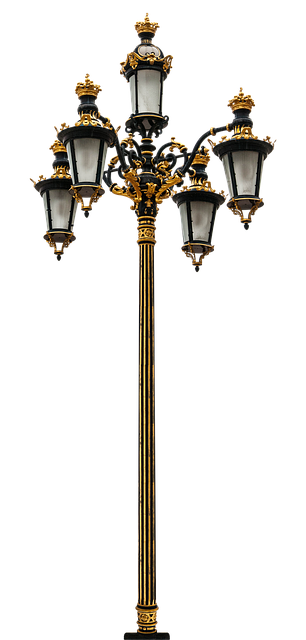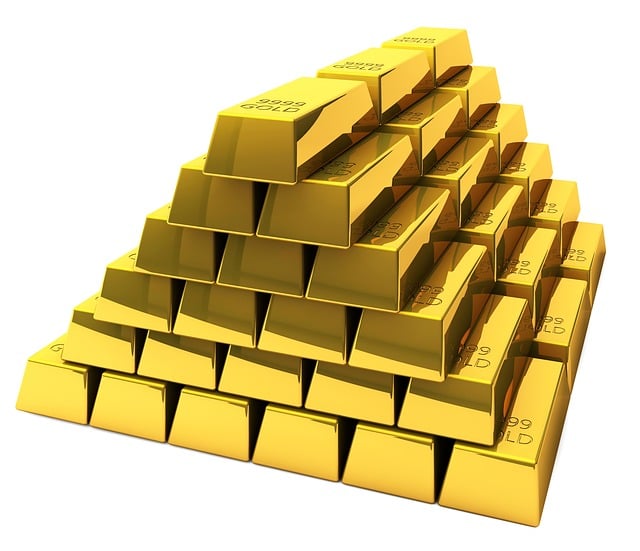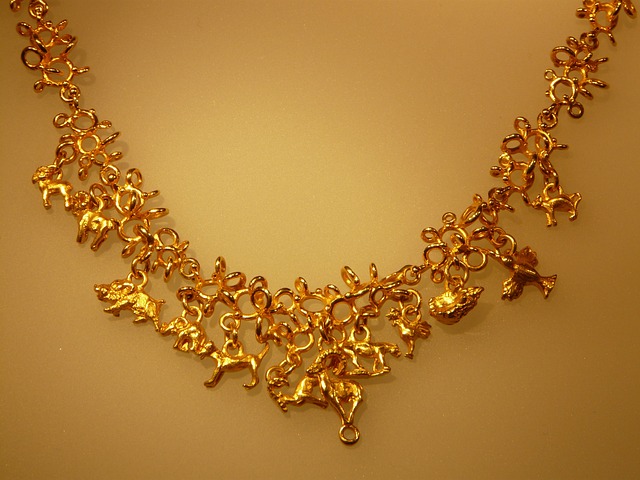
Legacy Precious Metals provides a secure and educational platform for investors to incorporate physical gold, silver, platinum, and palladium into their investment portfolios as a hedge against inflation and market volatility. These metals have historically maintained their value and serve as wealth preservation tools. Investors can leverage Legacy Precious Metals' commitment to transparency and secure storage solutions to build a legacy of financial security, with each metal offering unique investment opportunities and exposure to different market trends due to their distinct uses and drivers of demand. For those considering an Individual Retirement Account (IRA) with precious metals, it's crucial to review the IRS guidelines, custodial services, and liquidity options provided by Legacy Precious Metals. Factors such as mining production, economic indicators, geopolitical events, and market sentiment significantly impact the pricing of these metals, necessitating a thorough understanding of the complex forces at play. Diversification within precious metals investments through Legacy Precious Metals, including less common metals like platinum and palladium, can enhance portfolio resilience and provide a strategic defense against economic uncertainty. Investors should consider various ownership forms, from bullion to collectibles, and indirect exposure via mining stocks and ETFs, to create a comprehensive investment strategy that adapts to changing economic conditions.
Navigating the world of investments can be a complex endeavor, with countless options vying for your attention. Among these, Legacy Precious Metals stand out as a traditional and enduring choice for securing and growing wealth. This in-depth guide delves into the intricacies of investing in precious metals, offering valuable insights for both novice and seasoned investors alike. From understanding their historical significance to exploring the various types—gold, silver, platinum, and palladium—and evaluating the Legacy Precious Metals IRA option, this article covers it all. We’ll examine how market dynamics and global economics influence precious metals prices, strategies for diversification, and the importance of storage and security. Additionally, we’ll explore the tax implications, share success stories, and provide expert advice to help you make informed decisions. Whether you’re considering direct purchases or ETFs, this comprehensive guide equips you with the knowledge to solidify your financial legacy through savvy precious metals investments.
- Understanding Legacy Precious Metals: An Overview
- The Historical Significance of Precious Metals in Wealth Portfolios
- Types of Precious Metals for Investment: Gold, Silver, Platinum, and Palladium
- Evaluating the Legacy Precious Metals IRA Option
- Factors Influencing Precious Metals Prices
- Strategies for Diversifying with Legacy Precious Metals
Understanding Legacy Precious Metals: An Overview

Legacy Precious Metals stands as a reputable entity in the realm of investment, offering discerning clients the opportunity to diversify their portfolios with tangible assets. These precious metals, including gold, silver, platinum, and palladium, have long been sought after for their intrinsic value and historical significance as stores of wealth. Investing in Legacy Precious Metals not only provides a hedge against inflation and market volatility but also taps into the timeless appeal of owning assets that have consistently maintained their worth across generations. The company’s approach emphasizes education, transparency, and secure storage options, ensuring clients are well-informed and confident in their investment decisions with Legacy Precious Metals.
When considering an investment with Legacy Precious Metals, it is crucial to understand the market dynamics and historical performance of these metals. Gold, often seen as a ‘safe haven’ asset, has historically outperformed many other investments during periods of economic instability. Silver, known for its industrial applications as well as its monetary history, offers a balance between risk and return potential. Platinum and palladium, with their unique supply and demand drivers, add further diversification to an investment portfolio. Understanding the role that each metal plays in the global economy and the factors influencing their prices is essential for making informed decisions in precious metals investment through Legacy Precious Metals.
The Historical Significance of Precious Metals in Wealth Portfolios

Throughout history, precious metals have been a cornerstone of wealth preservation and accumulation. Gold and silver, often at the forefront of this category, have been integrated into financial portfolios for centuries as a hedge against economic uncertainty and inflation. The allure of these metals lies not only in their intrinsic value but also in their historical significance. Legacy Precious Metals, with their enduring value, have consistently demonstrated resilience during periods of political upheaval, currency devaluation, and market volatility. This timeless appeal is evident in the way civilizations from ancient Egypt to modern-day nations incorporate these assets as a safeguard against financial instability. As a tangible asset, they offer a physical representation of wealth that can be held and passed down through generations, hence the term “legacy.” Investors have long recognized the importance of including precious metals in their diversified portfolios to maintain purchasing power and preserve capital over the long term. This tradition continues today, with Legacy Precious Metals remaining a trusted component for those seeking financial security and a time-tested method of wealth preservation.
Types of Precious Metals for Investment: Gold, Silver, Platinum, and Palladium

When considering an investment in precious metals, individuals often explore the traditional favorites such as gold and silver alongside the less commonly held platinum and palladium. Gold has long been a staple in investment portfolios due to its enduring value and role as a safe-haven asset. It is known for its resistance to market fluctuations and inflation, making it a reliable component of legacy precious metals investments. Silver, while often more volatile than gold, offers potential for higher returns and serves as an industrial metal in addition to its use in jewelry and coinage. Its applications across various sectors contribute to its demand and can enhance the diversification of an investment portfolio.
Platinum and palladium, while traditionally used in automotive catalytic converters and jewelry, have gained attention as alternative investments that can provide investors with a unique exposure to market dynamics. Platinum is valued for its scarcity, which can lead to price stability or growth over time, aligning with the principles of legacy precious metals investments. Palladium, often considered a sister metal to platinum, has seen significant demand due to its use in electronic devices and as a substitute for platinum in emissions control devices. Both metals offer investors an opportunity to capitalize on their distinct supply and demand dynamics, which can be influenced by factors such as technological advancements and geopolitical events. Incorporating these metals into an investment strategy can provide a balanced approach to precious metals investing and contribute to the long-term legacy of one’s wealth.
Evaluating the Legacy Precious Metals IRA Option

When considering an Individual Retirement Account (IRA) that includes investments in precious metals, Legacy Precious Metals stands out as a prominent option for investors looking to diversify their retirement portfolios. The Legacy Precious Metals IRA provides a framework for investors to allocate a portion of their retirement savings into physical gold, silver, platinum, and palladium, which can serve as a hedge against inflation and market volatility. Evaluating this option involves understanding the types of precious metals allowed, the custodial services provided, and the compliance with IRS regulations. Investors should assess the reputation and track record of Legacy Precious Metals, ensuring that they offer transparent, secure, and compliant storage options for these valuable assets. Furthermore, potential investors must consider the liquidity of their investments within this IRA, the insurance and protection measures in place, and the historical performance of precious metals as part of a diversified investment strategy. By carefully evaluating the Legacy Precious Metals IRA against one’s financial goals and retirement planning needs, investors can make an informed decision on whether this investment vehicle suits their long-term wealth preservation and growth objectives.
Factors Influencing Precious Metals Prices

Legacy Precious Metals prices are influenced by a multitude of factors, which investors must understand to make informed decisions. The supply and demand dynamics play a critical role; as mining production levels fluctuate due to geopolitical events, environmental concerns, or mineral depletion, so too do precious metals prices respond. Additionally, the economic landscape, including inflation rates, currency fluctuations, and interest rates, significantly impacts gold, silver, platinum, and palladium. For instance, when fiat currencies lose value due to high inflation, investors often turn to legacy precious metals as a hedge against inflation, thereby driving up their prices. Geopolitical tensions can also cause safe-haven assets like gold to rise in value as investors seek stability during uncertain times. Market sentiment and investor confidence are also pivotal; during periods of optimism, the demand for legacy precious metals may wane, whereas uncertainty or crises can increase their appeal as a store of value. It’s crucial for investors to monitor these factors closely when considering an investment in legacy precious metals.
Strategies for Diversifying with Legacy Precious Metals

When considering an investment strategy with Legacy Precious Metals, diversification is a key principle to enhance portfolio stability and protect against market volatility. Investors should look beyond the traditional gold and silver, exploring the full spectrum of precious metals available within the Legacy Precious Metals offerings. This can include platinum and palladium, which often have different economic drivers and can offer a hedge against inflation in sectors such as automotive and electronics. By allocating a portion of your investment to these less commonly held metals, you can mitigate risks associated with the price fluctuations of more mainstream precious metals.
Another aspect of diversification within Legacy Precious Metals involves considering different forms of ownership. This encompasses bullion coins and bars, which are readily liquidatable, as well as rare collectible items that can appreciate in value due to their rarity and historical significance. Additionally, investing in mining stocks or exchange-traded funds (ETFs) related to precious metals can provide exposure to the commodity prices without holding the physical metal. This diversification across forms of investment can smooth out returns over time and offer a more resilient investment strategy in the face of changing economic conditions.
Legacy Precious Metals play a pivotal role in wealth diversification and long-term financial security. This guide has elucidated the multifaceted significance of these assets, from their historical use as a store of value to their contemporary role within diverse investment portfolios. By delving into the specifics of gold, silver, platinum, and palladium, and evaluating the unique benefits of a Legacy Precious Metals IRA, investors are now equipped with a comprehensive understanding to make informed decisions. Understanding the factors that influence market prices of these metals, coupled with strategies for diversification, underscores the importance of a well-thought-out approach to precious metals investment. As a final note, it’s clear that incorporating Legacy Precious Metals can be a wise addition to one’s financial strategy, offering potential stability and growth in an increasingly complex economic landscape.







